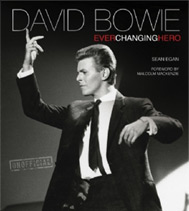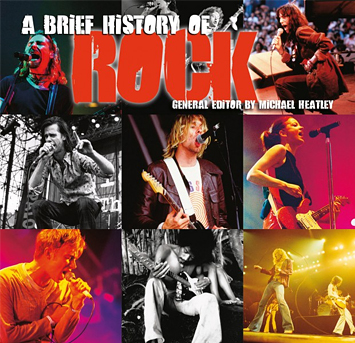Instruments | Pipe & Tabor | Medieval Era | Classical
The medieval pipe was played by blowing directly into a mouthpiece, like a recorder or penny whistle. Although it usually had only three holes to finger, by varying the force of blowing, players could achieve a working range of about one-and-a-half octaves. It was played with the right hand; the left hand held a thick, stubby beater to play a type of drum called a tabor. Traditionally associated with clowns and jesters, the pipe and tabor were used in dance music. Three pipes were found on the wreck of the ship Mary Rose, which sank off Portsmouth in 1545.
Styles & Forms | Medieval Era | Classical
Instruments | Bagpipe | Medieval Era | Classical
AUTHORITATIVE
An extensive music information resource, bringing together the talents and expertise of a wide range of editors and musicologists, including Stanley Sadie, Charles Wilson, Paul Du Noyer, Tony Byworth, Bob Allen, Howard Mandel, Cliff Douse, William Schafer, John Wilson...
CURATED
Classical, Rock, Blues, Jazz, Country and more. Flame Tree has been making encyclopaedias and guides about music for over 20 years. Now Flame Tree Pro brings together a huge canon of carefully curated information on genres, styles, artists and instruments. It's a perfect tool for study, and entertaining too, a great companion to our music books.

David Bowie
Fantastic new, unofficial biography covers
his life, music, art and movies, with a
sweep of incredible photographs.


